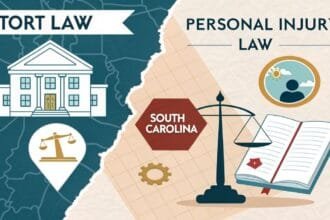A Historic Reversal: US Supreme Court Overturns Roe v Wade
Roe v. Wade, the 1973 verdict that essentially ended the right to abortion in the United States, was reversed by the Supreme Court in a historic decision on June 24, 2022. The political landscape has been altered, and the lives of millions of women throughout the nation have been affected, thanks to this verdict.
State-Level Abortion Bans: Millions of Women Lose Access
Following the Dobbs v. Jackson Women’s Health Organization ruling, which gave states the authority to restrict or prohibit abortion, 14 states, mostly in the South, have imposed near-total bans on abortion from the time of conception forward.
Five other states have enacted restrictions between 12 and 20 weeks of pregnancy, and five more have legal challenges pending. As a consequence, nearly 22 million women of childbearing age are now confined to states with stringent abortion legislation.
Changing Abortion Landscape: Disparity Between Progressive and Conservative States
Today, abortion services are highly politicized, with wide variations among states and political parties. However, progressive states headed by Democrats, such as California and Colorado, have implemented tighter legislative safeguards, guaranteeing access to abortion services for their populations, while Republican-controlled states have placed considerable limitations.
Decrease in Abortion Rates: Impact of State-Level Bans
There has been a significant drop in the number of abortions because to state-level bans and stricter abortion regulations. WeCount reports a decrease of 24,290 abortions that were legally performed between July 2022 and March 2023 compared to the average number of abortions performed before the Dobbs judgment. While adjacent states with protective measures showed a smaller rise in legal abortions, those with abortion bans saw the highest decreases.
Increased Travel Burdens: Women Seek Abortions Across State Lines
As more and more states enact abortion prohibitions, women seeking abortions are forced to travel long distances to reach facilities in neighboring states. The majority of women who seek abortions are low-income, and a study published in the Journal of the American Medical Association found that the average travel time to the closest abortion facility doubled following the Dobbs verdict.
Shifting Public Opinion: Support for Abortion Rises
Support for abortion has grown in the year after the Supreme Court ruling, surprising many. Pew Research has revealed that the percentage of people who think abortion access should be simpler is higher now than it was before restrictions were adopted, at 46%, even in states that have instituted bans.
Proposed limitations in conservative states have failed at the ballot, revealing a rift between the conservative base and more moderate voters, indicating that party affiliation does have a role in shaping opinions on abortion.



